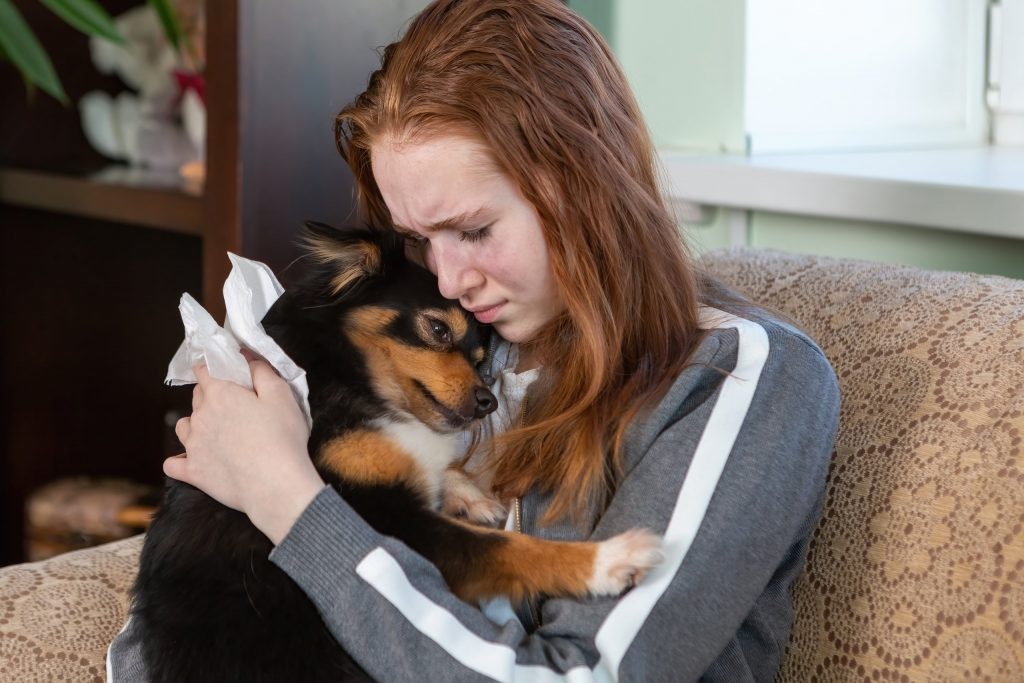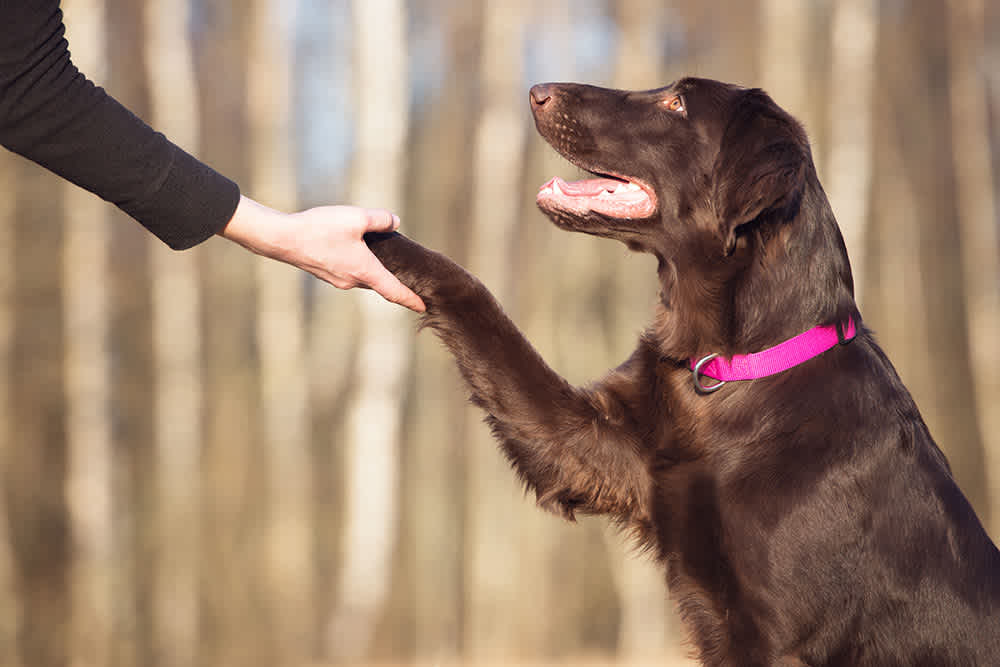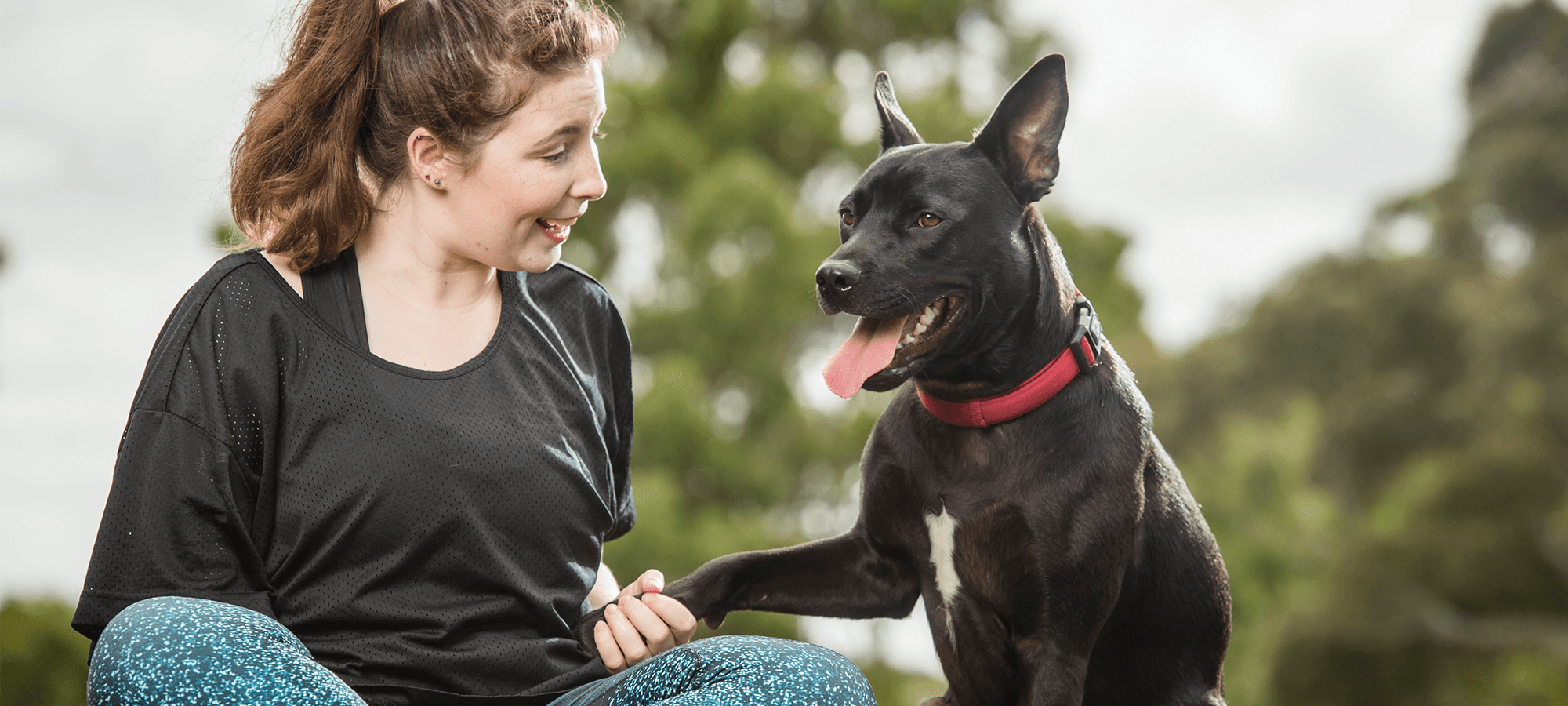Pet anxiety has attracted a lot of attention among pet owners in recent years as more people understand how stress affects their animal friends. Knowing pet anxiety is essential; it influences not only the welfare of animals but also the peace in homes. Anxiety in dogs may be caused by many elements including separation, loud sounds, and changes in schedule. Pets and owners may suffer if symptoms include destructive behavior, too much barking, and changes in appetite.
Dealing with these problems calls both optimism and encouragement. Knowing their basic causes of concern, pet owners may implement solid strategies to enable their animals to feel more peaceful and protected. Sometimes veterinarian intervention, environmental improvements, and behavioral training might all be part of answers. With the right tools and information, pet anxiety may be overcome, therefore allowing better, happier life.
Readers of this article will obtain comprehensive study of the complexities of pet anxiety and practical guidance on how to increase the emotional wellness of their pet.
Typical Reasons of Pet Anxiety
Anxiety in pets might come from a lot of different places. Separation anxiety—that which dogs suffer when left alone or when their routine is disrupted—is one often occurring reason. This might show itself as damaging behavior or too frequent barking.
Still another big player are loud noises. Pets show their fear by hiding, shaking, pacing during thunderstorms, building sounds, or fireworks. These strong sounds might be unbearable for sensitive creatures.
Stress might also result from different settings. Moving to a new place, inviting new people, or introducing another pet might all upset a pet’s sense of security and cause unpleasant behavior.
Furthermore contributing to pet anxiety might be underlying medical issues. Their anxiety may be exacerbated by pain, hormonal abnormalities, or other medical disorders. Understanding of these elements and their resolution is necessary for good control of pet anxiety.

Recognizing the Symptoms of Pet Anxiety
Timeliness of treatments depends on the recognition of pet anxiety signs. Often signaling increased anxiety, behavioral changes show up as excessive barking, pacing, or destructive behavior. Panting, drooling, shaking, or a clear lack of appetite—all of which indicate a pet’s discomfort—are physical indications.
Pets may also hide in corners, demonstrate social disengagement, lose interactivity, or avoid family member contact. This retreat very clearly shows anxiety and tension. Conversely, some dogs may exhibit clinging behavior, staying excessively close to their people and refusing to leave from their side. This conduct captures their desire for comfort and protection.
Understanding the emotional situation of a pet requires constant observation of these indicators. Early identification of these signs allows owners to act pro-actively to reduce the anxiety of their pet, therefore guaranteeing a better and more comfortable surroundings. Many animals may overcome anxiety issues with careful attention and treatment, therefore enhancing their general quality of living.
Natural Solutions for Managing Pet Anxiety
Fostering a peaceful surroundings for pets depends on the management of their anxiety. Regular exercise is really vital; it helps pent-up energy be released and reduces stress. Pets remain interesting and general well-being is promoted via walks, playing, and planned activities.
A relaxing environment is often enhanced by comfort products. Calming fragrances, soft blankets, or favorite toys may all aid nervous animals. These known items let people unwind by offering comfort and familiarity.
Apart from these techniques, relaxing drugs may help. Natural options include CBD oil or special soothing treats have helped pets find peace from anxiety. See a veterinarian beforehand to make sure any extra vitamins would be appropriate.
White noise gadgets or relaxing music might be able to effectively mask upsetting sounds that cause anxiety. Dogs rest in a peaceful environment created by consistent background noises or mild music. These natural therapies may assist a pet’s emotional condition be much better and encourage a tranquil and happy household life.

Behavioral Training and Professional Help
One great way for dogs to learn resistance against anxiety cues is desensitizing training. By gradually exposing their animals to the cause of their fear in a controlled way, pet owners may help them become more at ease over time. This method starts with a low intensity trigger and gradually increases exposure as the pet relaxes.
This kind of training depends much on positive reinforcement. Treats and compliments for calm conduct help dogs to link the formerly stressful situation with pleasant events.
If your concern is quite strong, see a veterinarian or pet behaviorist. These professionals might assess the condition of the pet and provide tailored recommendations including different treatments, behavioral modification, or training courses.
Moreover very handy are anxiety wraps or clothes like ThunderShirts. Like being swaddled, these objects provide gentle pressure that, by creating a sense of security, helps relax tense animals. Combining these techniques may enable pet owners to overcome anxiety.
Long-Term Strategies for Reducing Anxiety
Reducing pet anxiety requires regularity and consistency in all around activities. Frequent meals, walks, and playing provide dogs security and assist them to understand daily expectations. Stress levels may be much reduced by this consistency.
Another need is setting up a specific safe place in the house. This should be a comfortable space free of disruptions so that dogs may hide when they are nervous. Establishing a refuge helps one to feel safe.
Reducing causes of anxiety depends mostly on socializing. Early on engaging dogs with other animals and humans helps them to develop confidence and increases their comfort in different settings. Frequent contacts help to reduce anxiety reactions in unfamiliar contexts.
Continuous care is essential. Pet owners have to keep an eye on their animals’ behavior and change their routines, socializing activities, and secure areas depending on their particular requirements. This flexibility guarantees that over time anxiety preventive techniques stay successful. Pet owners that give these long-term tactics top priority will help their furry friends live in a more balanced and peaceful surroundings.

Conclusion
To sum up, determining the reasons of pet anxiety requires seeing behavioral changes connected to certain triggers, including loud sounds, separation, or strange surroundings. Timely intervention depends on the recognition of signs such hiding, destructive behavior, or too intense barking. Good answers may include establishing a peaceful surroundings, using desensitizing strategies, or seeing a veterinarian or animal behaviorist for expert advice. Pet owners are urged to be proactive and sympathetic in controlling their pet’s anxiety as success depends mostly on regular support and patience. Many dogs may overcome their nervousness and have contented, happy lives with the correct approach combining individualized plans and positive reinforcement.


